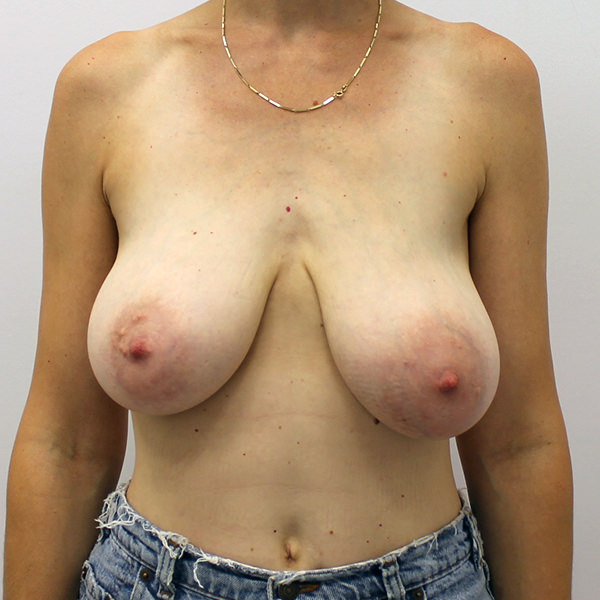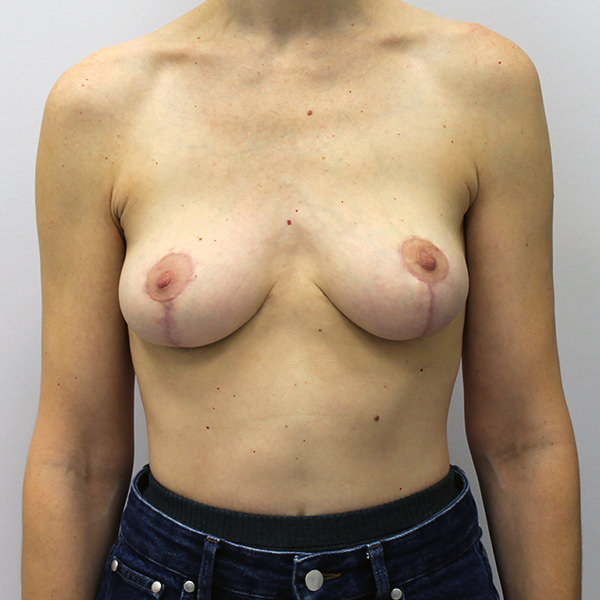Breasts are considered a source of confidence and expression of femininity. However, if a woman’s breasts are too large, they can potentially become a cause of discomfort and pain. Some of the adverse effects of having breasts that are too large include back pain, skin irritation, and even lowered self-confidence.
The goal of breast reduction, also known as reduction mammoplasty, is to decrease the size and weight of the breast as well as to lift the breast higher on the chest wall. The procedure includes lifting the breast and reducing the areola size to make it proportional to the new breast size. After breast reduction surgery, patients feel more comfortable and confident in how their breasts look and feel.

 PLASTIC
PLASTIC



